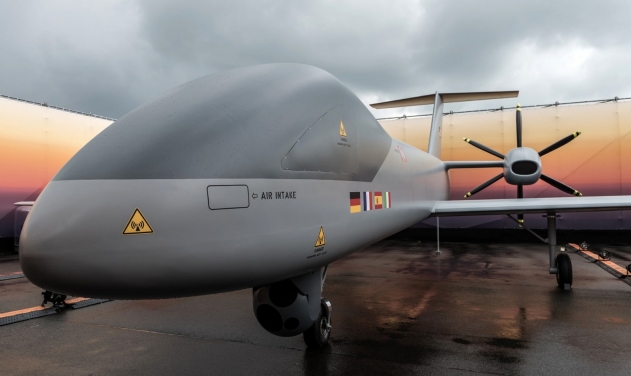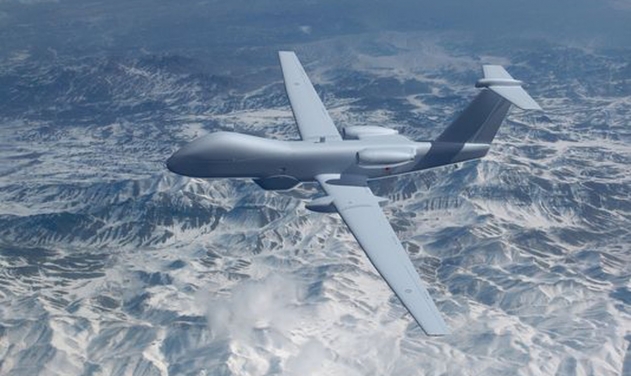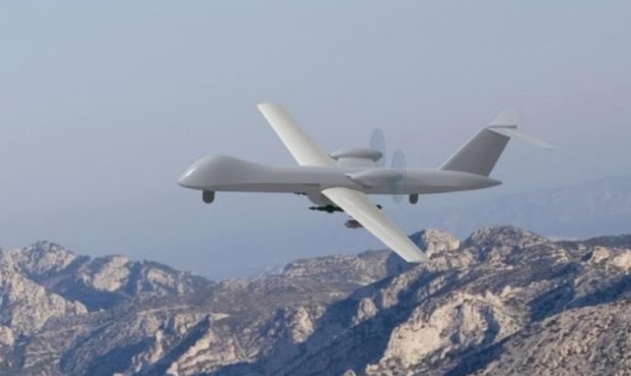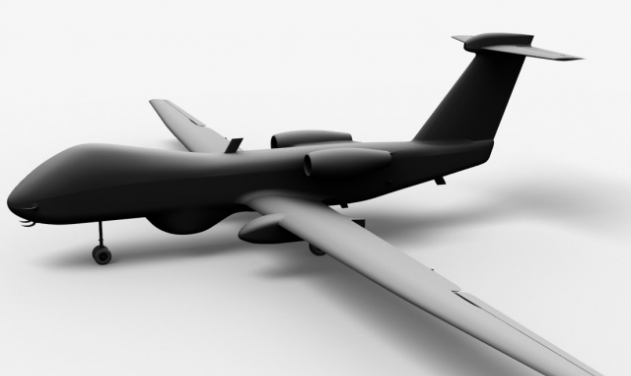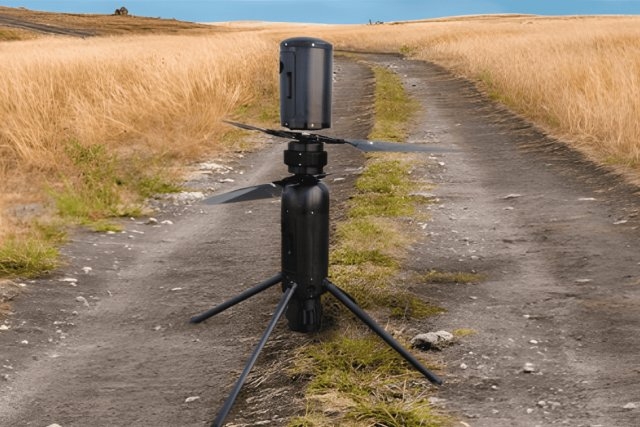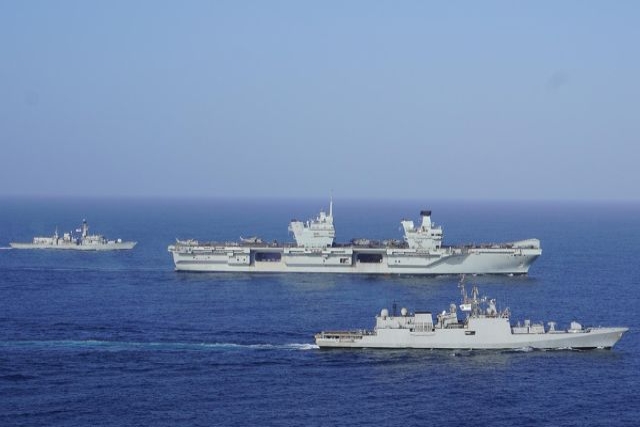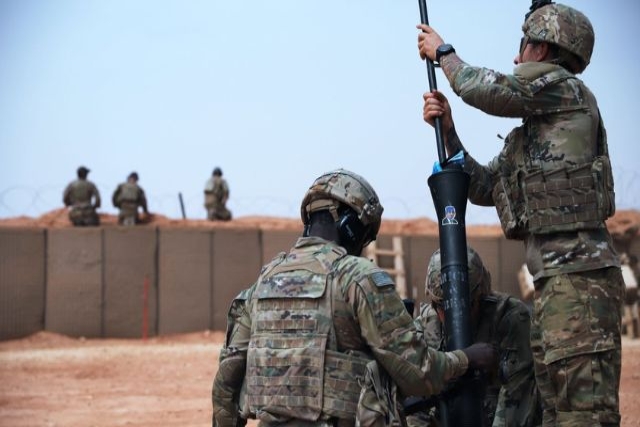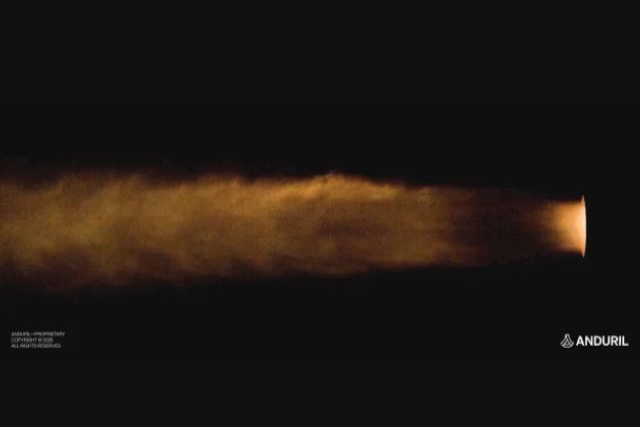Leonardo Demonstrates first Satellite-controlled MALE-class Drone

Leonardo announced successfull completion of the first flight campaign to demonstrate satellite control of a European-built MALE-class (Medium Altitude Long Endurance) drone.
A team comprising Telespazio and Piaggio Aerospace carried out the activity using a remotely-piloted P.1HH HammerHead aircraft as the test bed, developing and integrating capabilities that will enable drones to safely fly in unsegregated air space, beyond the range of ground-based radio coverage (called BRLOS - Beyond Radio Line Of Sight).
The campaign was carried out at Birgi airport in Trapani, Italy in order to evaluate the efficacy of the satellite technology for various dual-use applications under realistic conditions. The flights are in line with the objectives of the DeSIRE II European research project, led by Telespazio and jointly initiated by the European Space Agency (ESA) and European Defence Agency (EDA).
DeSIRE II will support European standardisation and regulatory activities in the drone sector.
Telespazio, a subsidiary of Leonardo and a leader in Space services, has developed a two-way satellite communication network which was used during the flight campaign. Control data from the ground station was transmitted to remotely operate the P.1HH and its on-board sensors and systems, while data collected by the drone during flight was returned to the ground station via the same network. The system made use of the Athena-Fidus satellite resources, managed by Telespazio’s Fucino Space Centre.
